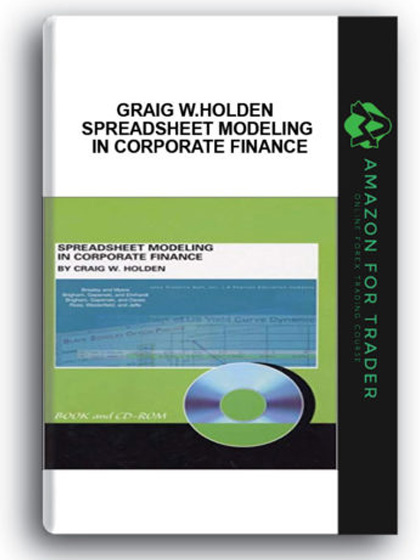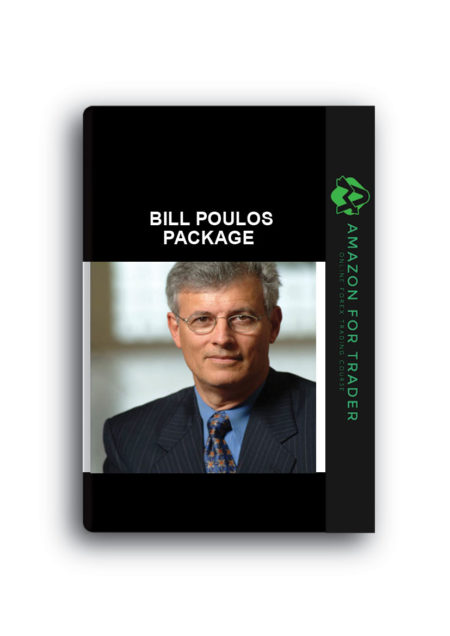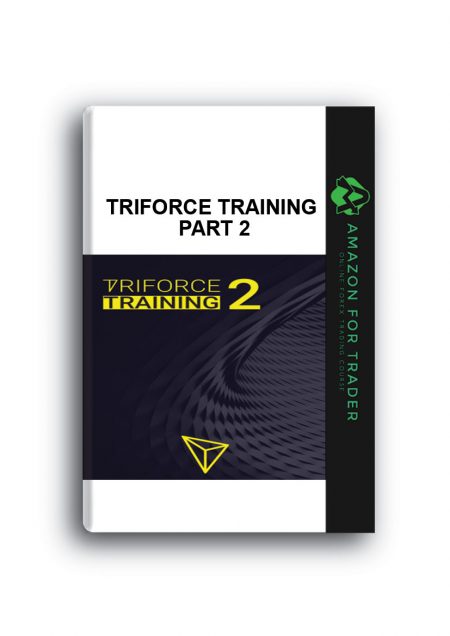Description
Graig W.Holden – Spreadsheet Modeling in Corporate Finance
If you build it, you will learn. *Comes as a book and CD-ROM that teaches students how to build financial models in Excel *Provides instructions for building financial models, not templates *Progresses from simple examples to complex real-world applications *Is available is alternative versions that match the notation of most Prentice Hall Corporate Finance textbooks and other popular textbooks *Includes end-of-chapter problems *Has been extensively classroom-tested
From the Back Cover
If you build it, you will learn.
- Comes as a book and CD-ROM that teaches students how to build financial models in Excel
- Providesinstructions for building financial models, not templates
- Progresses from simple examples to complex real-world applications
- Is available is alternative versions that match thenotation of most Prentice Hall Corporate Finance textbooks and other popular textbooks
- Includes end-of-chapter problems
- Has been extensively classroom-tested
Excerpt. © Reprinted by permission. All rights reserved.
For nearly 20 years, since the emergence of PCs, Lotus 1-2-3, and Microsoft Excel in the 1980’s, spreadsheet models have been the dominant vehicles for finance professionals in the business world to implement their financial knowledge. Yet even today, most Corporate Finance textbooks rely on calculators as the primary tool and have little (if any) coverage of how to build spreadsheet models. This book fills that gap. It teaches students how to build financial models in Excel. It provides step-by-step instructions so that students can build models themselves (active learning), rather than handing students canned “templates” (passive learning). It progresses from simple examples to practical, real-world applications. It spans nearly all quantitative models in corporate finance.
Why I Wrote This Book
My goal is simply to change finance education from being calculator based to being spreadsheet modeling based. This change will better prepare students for the 21st century business world. This change will increase student satisfaction in the classroom by allowing more practical, real-world applications and by enabling a more hands-on, active learning approach.
There are many features which distinguish this book from anything else on the market:
- Teach By Example.
I believe that the best way to learn spreadsheet modeling is by working through examples and completing a lot of problems. This book fully develops this hands-on, active learning approach. Active learning is a well-established way to increase student learning and student satisfaction with the course / instructor. When students build financial models themselves, they really “get it.” As I tell my students, “If you build it, you will learn.”
- Supplement For All Popular Corporate Finance Textbooks.
This book is a supplement to be combined with a primary textbook. This means that you can keep using whatever textbook you like best. You don’t have to switch. It also means that you can take an incremental approach to incorporating spreadsheet modeling. You can start modestly and build up from there. Alternative notation versions are available that match the notation of all popular corporate finance textbooks.
- Plain Vanilla Excel.
Other books on the market emphasize teaching students programming using Visual Basic for Applications (VBA) or using macros. By contrast, this book does everything in plain vanilla Excel. Although programming is liked by a minority of students, it is seriously disliked by the majority. Plain vanilla Excel has the advantage of being a very intuitive, user-friendly environment that is accessible to all. It is fully capable of handling a wide range of applications, including quite sophisticated ones. Further, your students already know the basics of Excel and nothing more is assumed. Students are assumed to be able to enter formulas in a cell and to copy formulas from one cell to another. All other features of Excel (graphing, built-in functions, Solver, etc.) are explained as they are used.
- Build From Simple Examples To Practical, Real-World Applications.
The general approach is to start with a simple example and build up to a practical, real-world application. In many chapters, the previous spreadsheet model is carried forward to the next more complex model. For example, the chapter on binomial option pricing carries forward spreadsheet models as follows: (a.) single-period model with replicating portfolio, (b.) eight-period model with replicating portfolio, (c.) eight-period model with risk-neutral probabilities, (d.) full-scale, fifty-period model with volatilities estimated from real returns data. Whenever possible, this book builds up to full-scale, practical applications using real data. Students are excited to learn practical applications that they can actually use in their future jobs. Employers are excited to hire students with spreadsheet modeling skills, who can be more productive faster.
- A Change In Content Too.
Spreadsheet modeling is not merely a new medium, but an opportunity to cover some unique content items which require computer support to be feasible. For example, the full-scale, real data spreadsheet model in Corporate Financial Planning uses three years of historical l OK data on Nike, Inc. (including every line of their income statement, balance sheet, and cash flow statement), constructs a complete financial system (including linked financial ratios), and projects these financial statements three years into the future. The spreadsheet model in Life-Cycle Financial Planning includes a detailed treatment of federal and state tax schedules, social Security taxes and benefits, etc., which permit the realistic exploration savings, retirement, and investments choices over a lifetime. The spreadsheet model in US Yield Curve Dynamics shows you 30 years of monthly US yield curve history in just a few minutes. The spreadsheet model in Three Valuation Techniques demonstrates the equivalence of the Adjusted Present Value, Flows To Equity, and the Weighte9Average Cost of Capital methods, not just in the perpetuity case covered by most textbooks, but for a fully general two-stage project with an arbitrary set of cash flows over an explicit forecast horizon, followed by a infinite horizon perpetuity. As a practical matter, all of these sophisticated applications require spreadsheet modeling.
Graig W.Holden, Spreadsheet Modeling in Corporate Finance, Download Spreadsheet Modeling in Corporate Finance, Free Spreadsheet Modeling in Corporate Finance, Spreadsheet Modeling in Corporate Finance Torrent, Spreadsheet Modeling in Corporate Finance Review, Spreadsheet Modeling in Corporate Finance Groupbuy.









Reviews
There are no reviews yet.